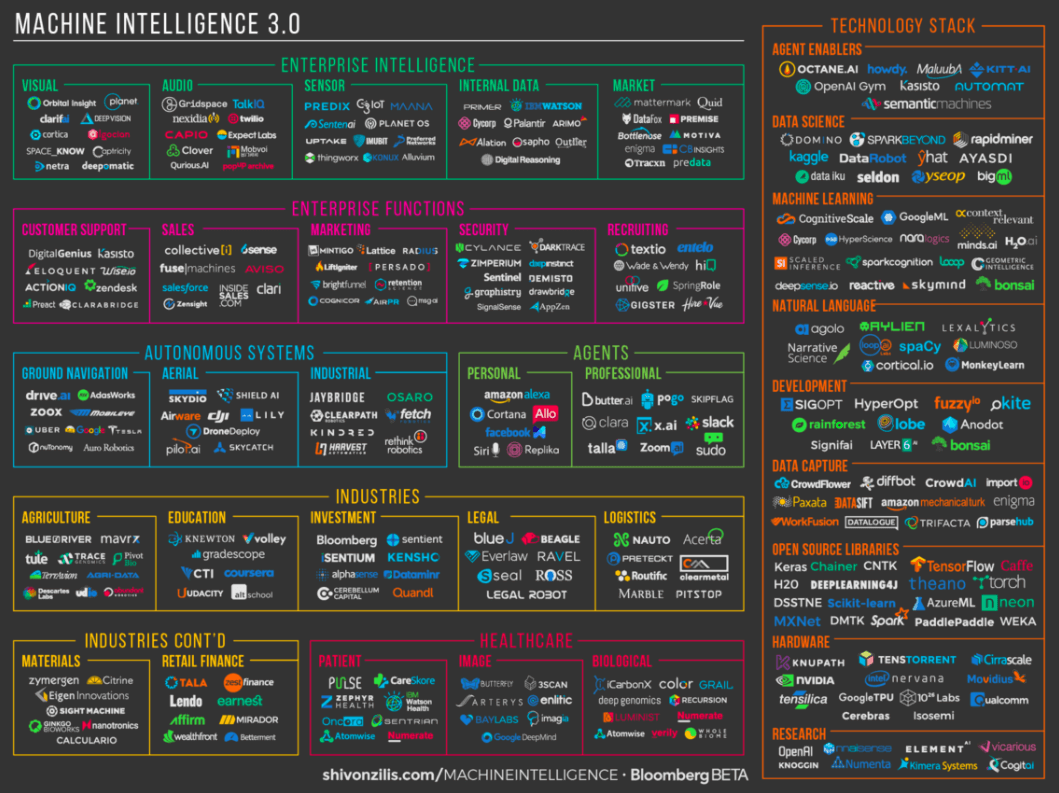From the dawn of the information age, computers have helped us accelerate our understanding of business performance and opportunities for improvements. We rely on them to tackle the routine, yet often complex, calculations underlying our most important metrics: revenue, growth, costs, and customers. The catch? In order to effectively communicate with machines, we have been forced to learn their language — hence the explosion of software engineers, IT professionals, data analysts, and most recently, data scientists.
But imagine a new world where a human language interface could be the way we interact with every dataset and enterprise application on a daily basis.
Thanks to developments in artificial intelligence such as machine learning and natural language generation (NLG), that future is becoming a reality.
Consider Gartner’s stance that by 2019, natural language generation will integrate into 90 percent of BI platforms. Kasey Panetta of Gartner states, “NLG will enable next-generation BI and analytics platforms to automatically find, visualize and narrate important findings. The technology will expand analytics to a broad audience as well as reduce time and cost for regular batch reports.” AI is creating a world where organizations don’t need to struggle with charts or dashboards anymore. Everyone, no matter their analytical skill level, can easily get the answers they need from their data via human-sounding language (to varying levels of success).
June 5th: The AI Audit in NYC
Join us next week in NYC to engage with top executive leaders, delving into strategies for auditing AI models to ensure fairness, optimal performance, and ethical compliance across diverse organizations. Secure your attendance for this exclusive invite-only event.
This is just the beginning of the AI evolution. We are working towards a future that will humanize enterprise software interactions. We will have dynamic, intelligent conversations with our systems — a natural discussion in plain English. Machines will evolve and demonstrate a true appreciation of the questions at hand and present answers that are relevant and contextually aware, and even pose new questions. This communication evolution represents the greatest opportunity for an enhanced and more productive work experience.
That’s a compelling vision. But how do we get there, and when will it happen? Three AI technology trends, some already mainstream and others just now appearing, signal the imminent arrival of more intelligent enterprise applications:
-
Advances in IT infrastructure — such as cloud storage and computing and SaaS business applications – are already removing cost and complexity. Businesses today have instant access to powerful software without having to install or maintain it. Meanwhile, and perhaps for the first time, everything a company knows about its business and its customers can be aggregated, stored, and accessed affordably via the cloud. Powerful big data analytics tools yield patterns and business insights never before possible.
-
The emergence of AI services and development platforms from vendors like Amazon and IBM Watson bring previously unimaginable computational and machine-learning power to everyday businesses and lower the barrier for startups to invent new AI-powered software.
-
And finally — and perhaps just as crucially — language has revolutionized the way consumers interact with technology. Mobile computing and vastly more user-friendly, instant-response user interfaces that began with Google Search and Facebook have now morphed into enterprise services like HipChat and Slack. And while it’s still early days, Alexa and Cortana are starting to make their way into the workplace.
It is notable how quickly we expect incredibly complex human-machine interfaces to “just work.” Consider Google search. We take for granted auto-complete on the search command line, a user interface advancement that is as handy as it is powerful and complex. The same effect is taking place with bots. Alexa, the AI underlying Amazon Echo, launched with a few hundred skills, and now it has grown to possess over 7,000 skills. Our expectations are high, but our interactions with these systems are still quite basic. We expect a conversation but are limited to task delivery and execution. The technology isn’t there — yet.
In the future, AI-powered human language will become the interface to enterprise software for true interactivity just as it is now for consumer software. Think of the metrics we mentioned earlier: revenue, growth, costs, and customers. AI will enable software of the future to measure and understand these metrics, not just with a simple response but with an intelligent narrative — a rich, comprehensive story — that provides context, reasoning, and transparency into its decisions and responses.
And once we’ve reached that point, we’ll gain, consume, and act on insights provided by our software systems similar to how we communicate with coworkers, bosses, and clients. You will be driving to work and discussing the performance of your sales team with your device while an analyst in the office asks her monitoring application to explain why it encountered a failure. AI obviously has broad implications for the future of enterprise software, and I believe the organizations that will emerge as market leaders will be those who embrace AI and the power of language — our language — to power the future of their enterprise.
Nick Beil is the COO at Narrative Science, an Advanced Natural Language Generation company.



